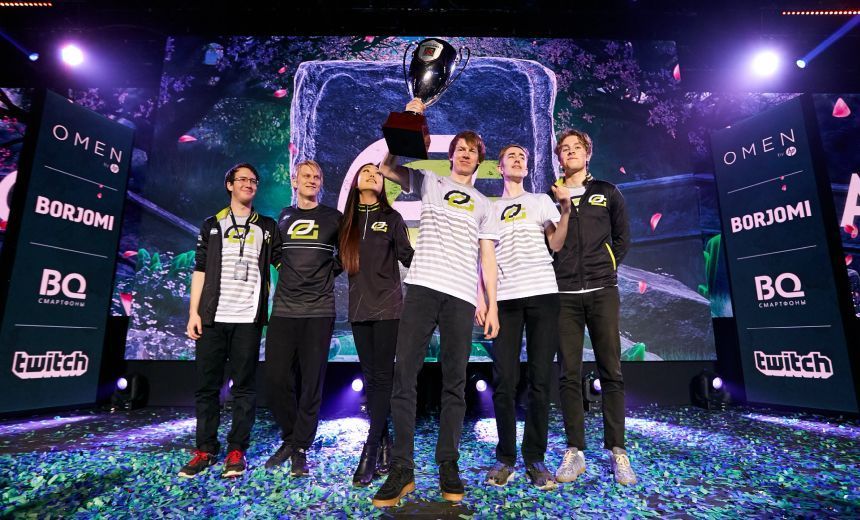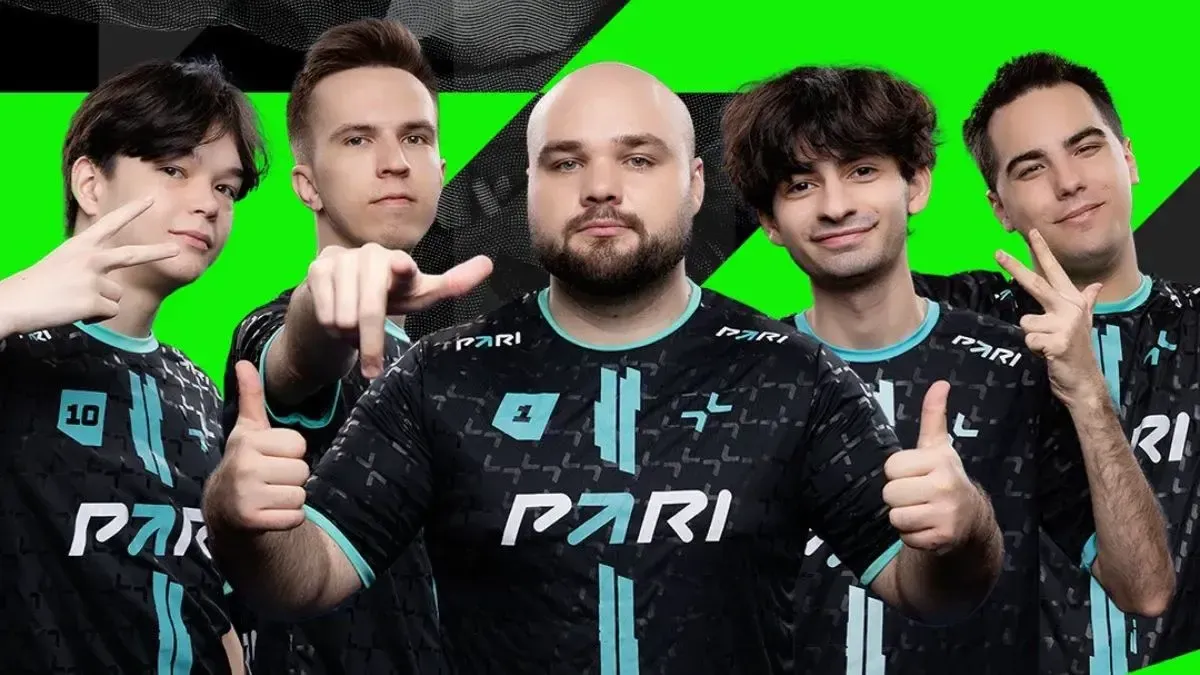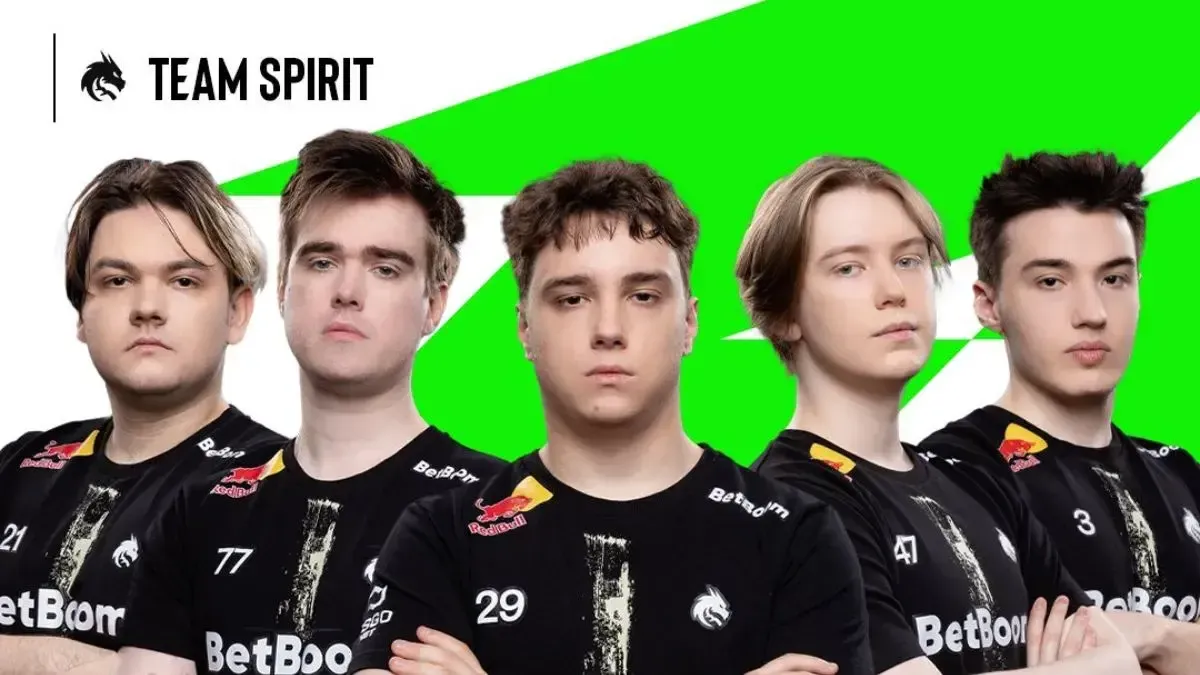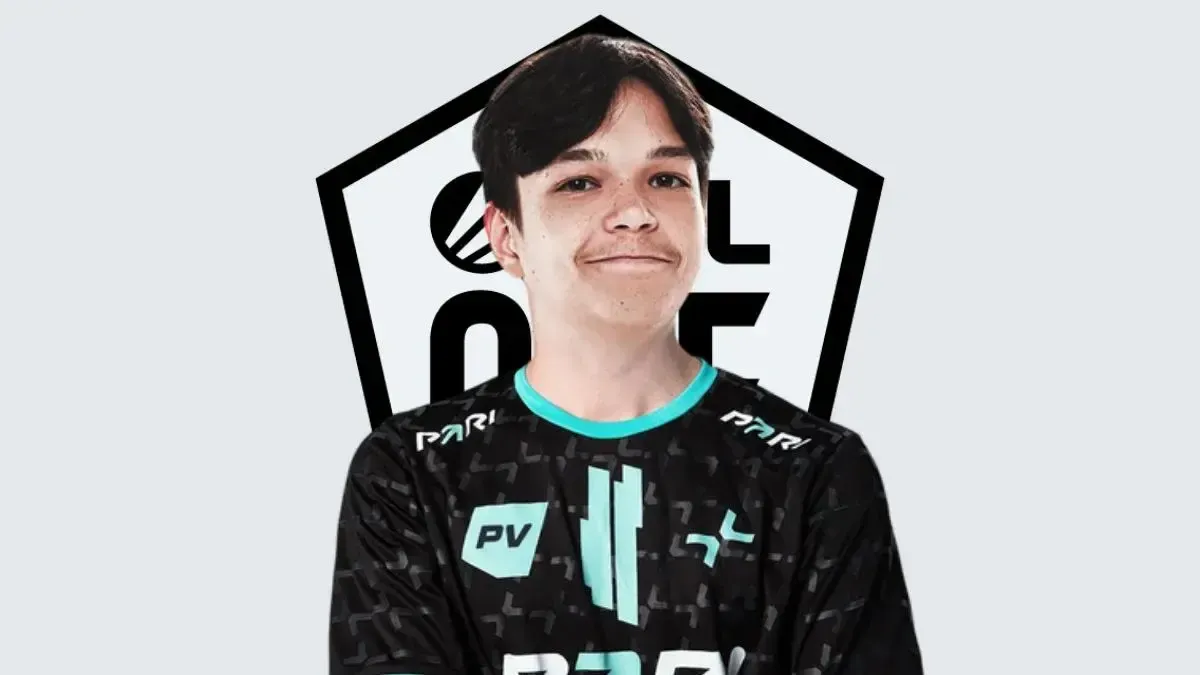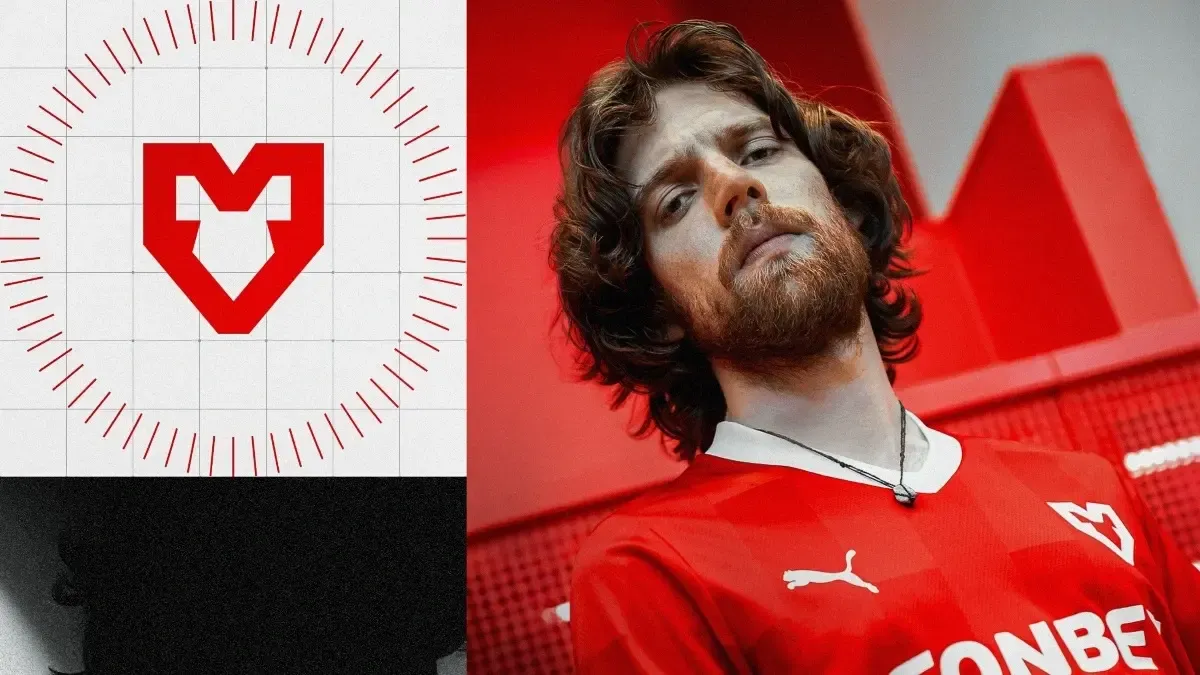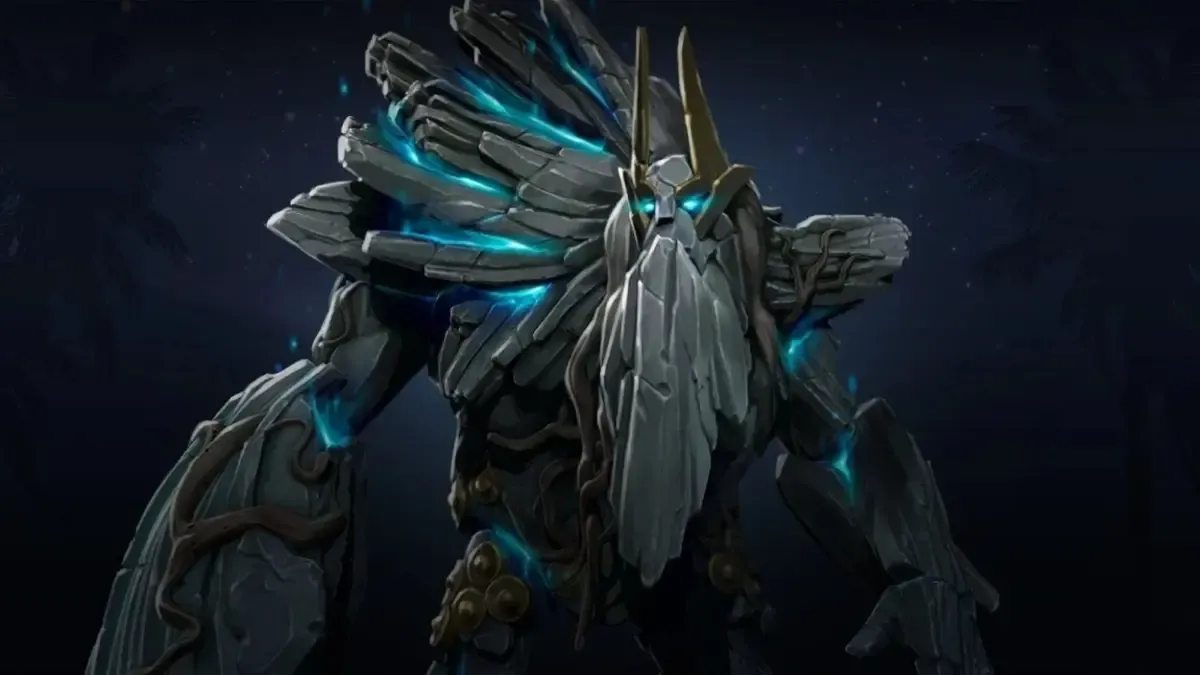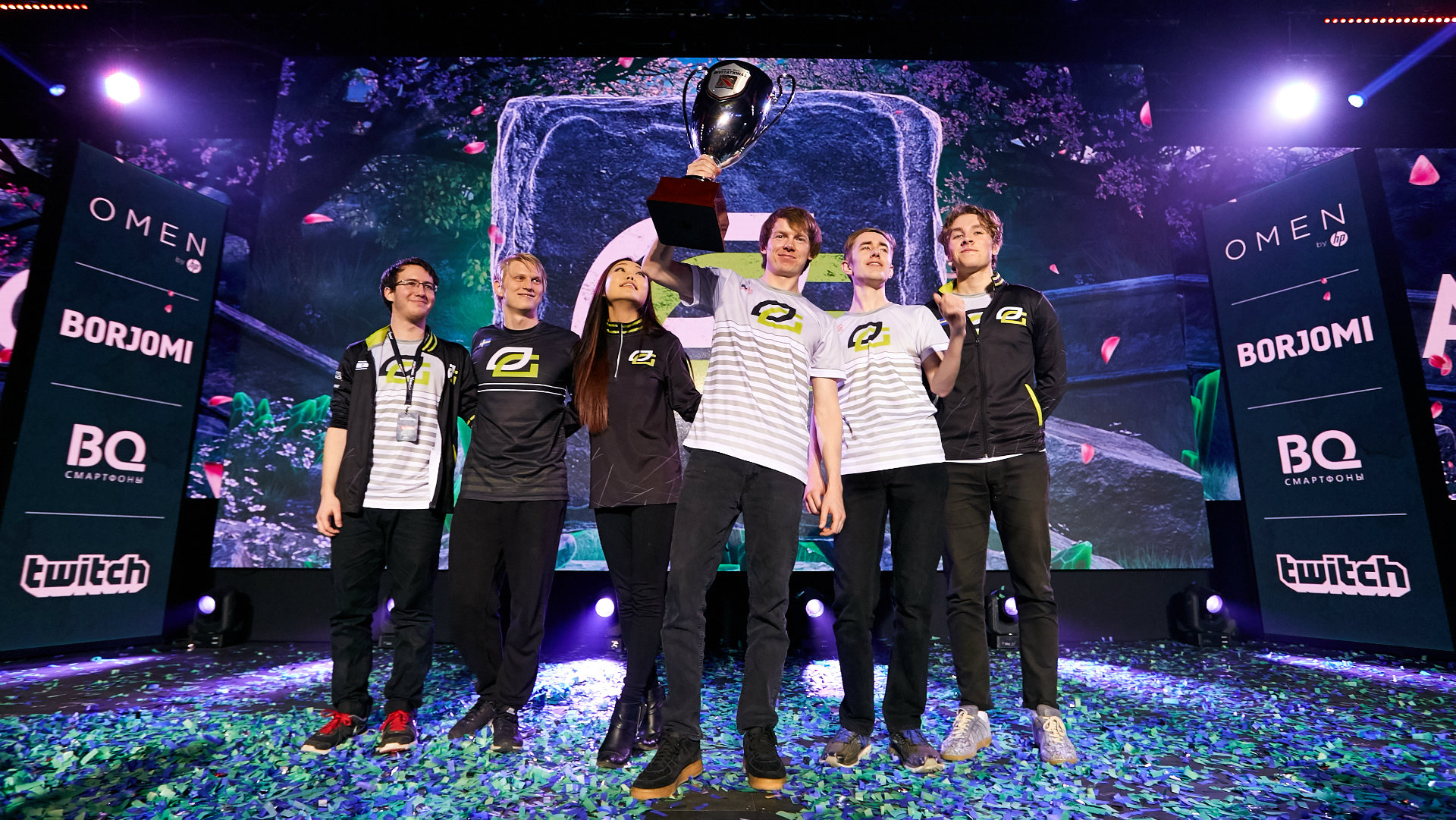
Image courtesy of StarLadder
After an explosive Semi-Finals series, OpTic Gaming seized the StarLadder Grand Finals in a decisive victory against VGJ.Thunder.
Semi-Finals
VGJ.Thunder versus Vega Squadron
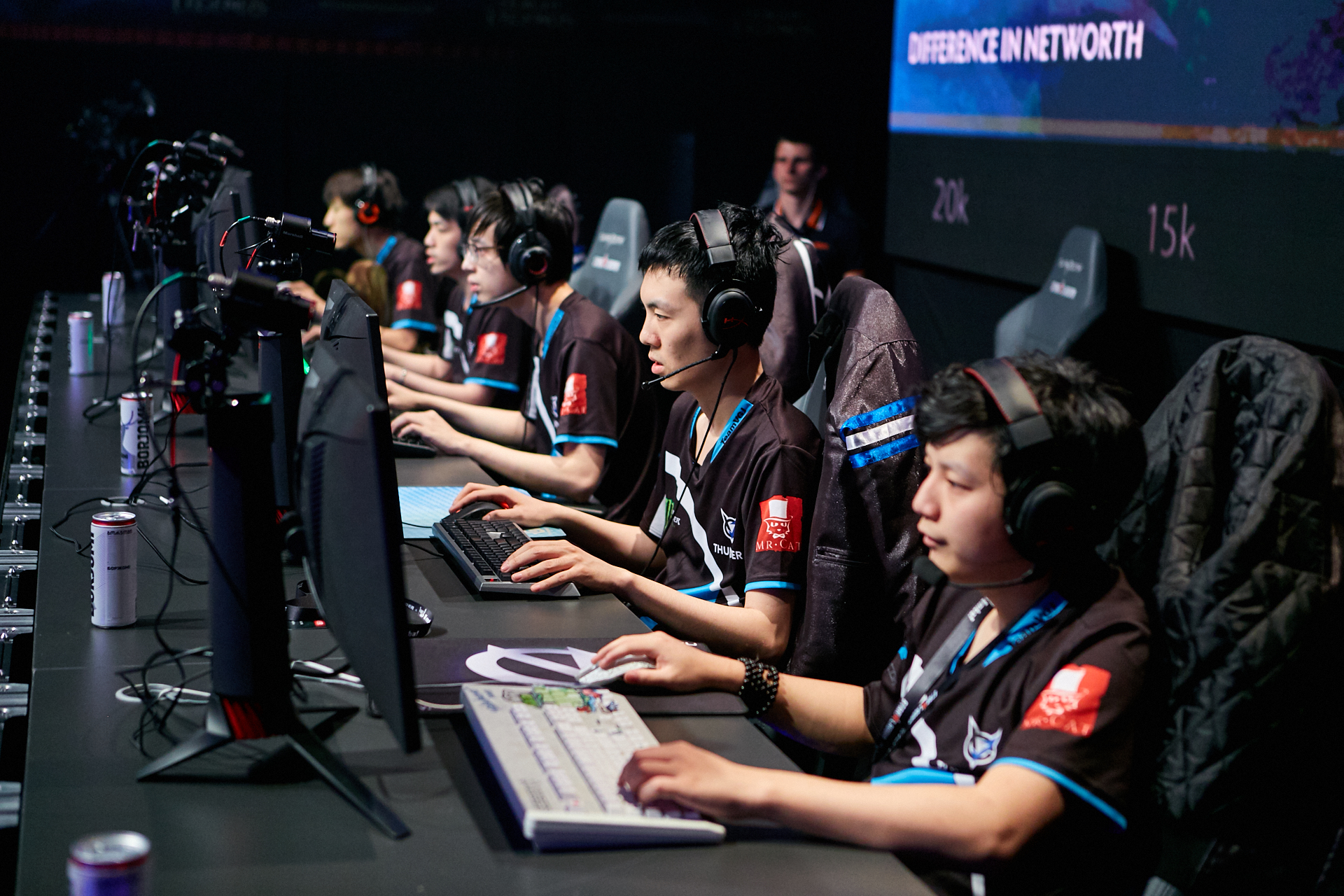
Image courtesy of StarLadder
The Semi-Finals began with a return to form for VGJ.Thunder, who were able to effectively shutdown Vega Squadron in almost every aspect of both strategy and play. Excellent communication, perceptive rotations and expansive map control, kept VGJ.Thunder in charge of the first two matches in the best-of-three series. VGJ.Thunder selected their draft around aggressive early-mid game presence - with the intention of deploying active rotations for kill accumulation and expansive map control. Jia Jun "Sylar" Liu's staple Lycan went mid lane in game one, where he was able to dynamically transition between rotating on top lane and effectively farming his own. The increasingly popular offlane Underlord made an appearance in both matches, however Vega Squadron failed to utilize the hero as effectively as VGJ.Thunder in team fights. Despite Vega Squadron's attempt to gain a vision advantage with Treant Protector, ample detection and map awareness from VGJ.Thunder kept the hero suppressed across the map.
VGJ.Thunder demonstrated the importance of selecting a durable lineup, as they won the vast majority of their lanes by nullifying Vega Squadron's predominately squishy team composition. In terms of the overall lineup, Vega Squadron's draft exhibited weak scalability and an inability to lockdown VGJ.Thunder's early-mid game aggression. VGJ.Thunder is not regarded as a capable comeback team, thus Vega Squadron would have done better with a lineup that was more capable of dictating the early game pace or at least contesting rotations. Drafting a lineup with sufficient lockdown and a plethora of robust ultimates served VGJ.Thunder well by allowing them to secure pick-offs and control team fights with minimal risk. While game two was slower than game one, Vega Squadron fell behind quickly in both matches, as they suffered several casualties at the hands of dynamic rotations. Liu "Freeze" Chang shined with Juggernaut in game two, soaring ahead in net worth from several solo kills which snowballed into potent team fight control. In a culmination of successful team fights for VGJ.Thunder between games one and two, Vega Squadron was ultimately defeated despite their best efforts to buyback and defend.
Fnatic versus OpTic Gaming
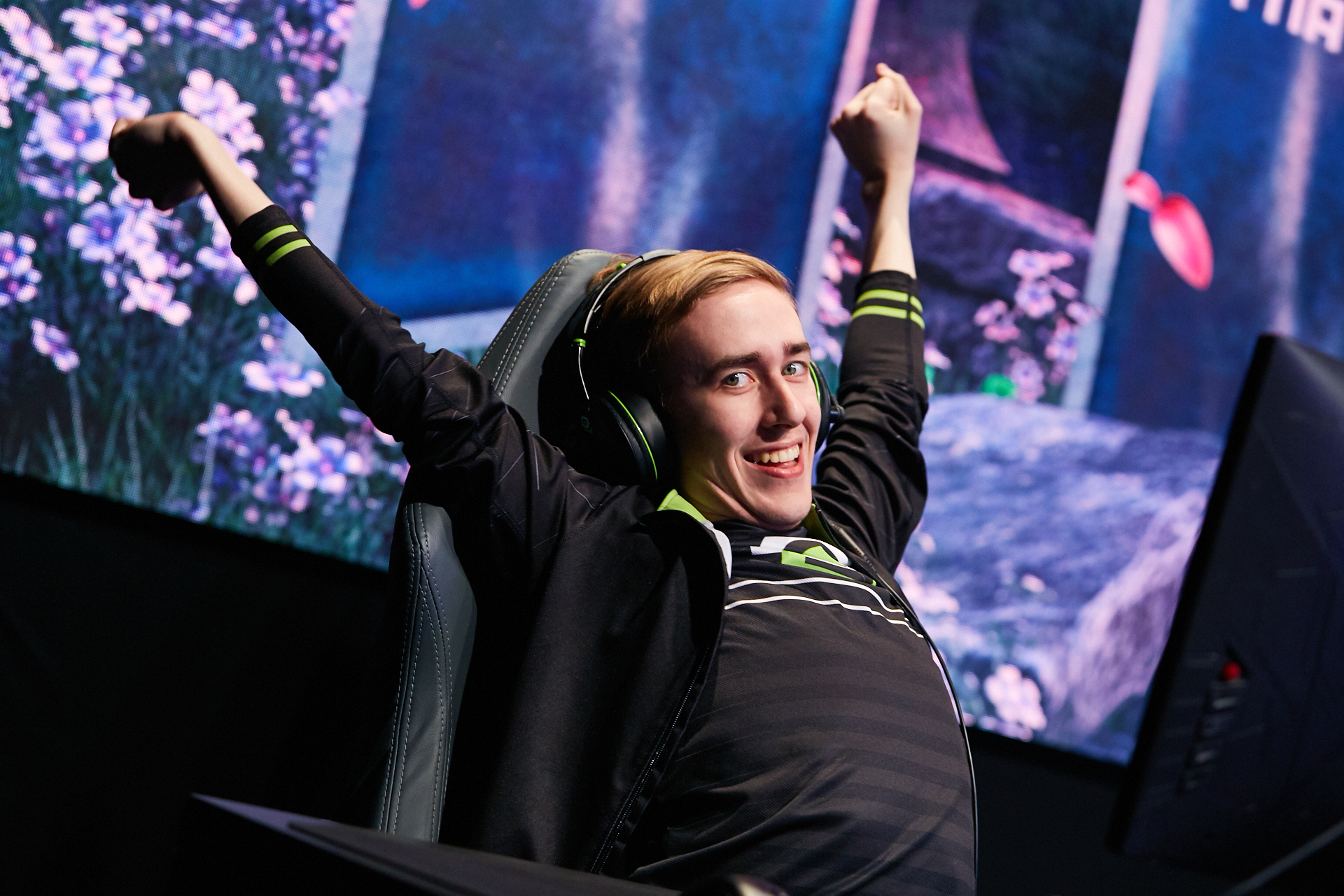
Image courtesy of StarLadder
The second Semi-Finals event between Fnatic and OpTic Gaming was a tumultuous mix of extensive net worth leads, sub-optimal strategy, timid execution and valiant defense. In game one, Fnatic managed to achieve an early 25k net worth advantage over OpTic - stemming primarily from Saahil "Universe" Arora's Pangolier. On the other hand, OpTic got off to a much slower start - losing several towers to the wave of pressure applied by Fnatic throughout each lane. OpTic's game one draft prioritized a stronger late game to draw out mistakes and disrupt team fights in efforts to turn the tide of the match in the latter half. Fnatic's early dominance in game one would afford them the opportunity to make their first attempt at high ground by the twenty-nine minute mark. However, several failed attempts from Fnatic to secure the barracks caused the match to devolve into one failed attempt to push high ground after another. For the next fifty-minutes, Pelle Olsson "Pajkatt" Lille's Morphling was able to lead OpTic's defensive efforts against six uncontested Aegis acquisitions for Fnatic and several push attempts. Despite Fnatic's dull strategy, timid play and questionable item timing, their massive net worth advantage from the the first half of the game was finally enough to penetrate OpTic's admirable defenses.
Game's two and three shifted the balance of power in OpTic's favor, as they shutdown Fnatic's cores in lane and rapidly expanded their dominion over the map. Quinn "CC&C" Callahan's proficiency with Lina shown bright, providing plenty of room for Pajkatt to accumulate farm and control team fights. While both OpTic and Fnatic drafted balanced lineups equipped to handle each phase of the match, Fnatic was out-paced early on and lacked an answer for OpTic's push capacity. OpTic's final push in the last match of the series highlighted the recurring failure on Fnatic's behalf to adapt to their opponent's overall strategy.
Grand Finals
VGJ.Thunder versus OpTic Gaming
The best-of-five Grand Finals got off to a conventional start, which boiled down to lengthier matches, predicated on which team could successfully siege high ground first. The action remained relatively subdued until the late game struggle for objectives began. OpTic tended to draft more assertive early game lineups than their opponent - with the intention of utilizing extended vision to gain map control. OpTic's aggressive early game approach proved successful in game one, however they failed to end early with a draft lacking late game viability. A stark contrast between team compositions often resulted in early vs. late game lineups - although Patch 7.13 seemingly favors the latter. Despite the absence of capable initiation from VGJ.Thunder, Sylar's Terrorblade became an unstoppable force in team fights - capable of surviving most encounters with Metamorphosis. By game two, it was quite evident that OpTic would have to set the tempo with five-man rotations to sustain enough pressure to break lanes and push high ground. OpTic managed to capitalize on their robust damage output in game two - tying the series 1-1 going into game three.
OpTic flexed their dominance in game three, punishing VGJ.Thunder's weak draft which prioritized fast-paced Dota, at the expense of poor scalability. OpTic balanced their relatively greedy team composition with a clever Broodmother pick for Neta "33" Shapira - buying heroes like Dragon Knight and Troll Warlord plenty of access to resources by pressuring lanes. OpTic effectively exploited VGJ.Thunder's slow momentum in the early game, using the advantage to squeeze their opponent and push the high ground for-the-win!
The final match had a much more even tone, until Freeze's Tiny and Sylar's Sniper began to quickly fall behind after being victims of several successful rotations and solo pick-offs. VGJ.Thunder's presence waned throughout each subsequent match as a result of questionable drafts, which left several deficiencies for OpTic to exploit.
In Closing
While professional teams have adapted surprisingly well to the ever-changing meta this season, it is interesting to witness professionals struggle with 7.13. Most drafts throughout the event felt one-sided, either in favor of the early game priority - which has dominated the competitive meta thus far, and late game priority - which seems to be the direction the meta is heading in. Of all the participants in this final StarLadder of the season, OpTic Gaming proved the most versatile - capable of navigating the uncertainty of the new meta better than their competition. It has been an exciting series nonetheless and a sign of things to come.

